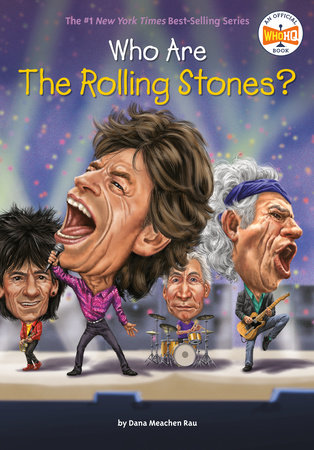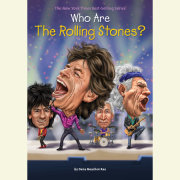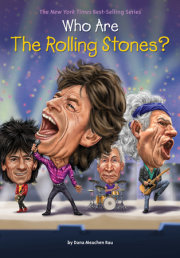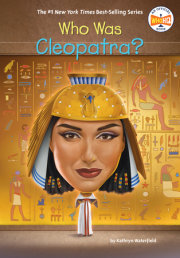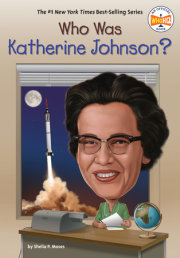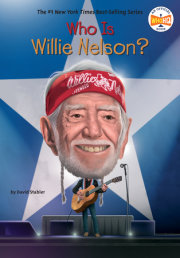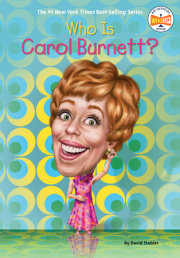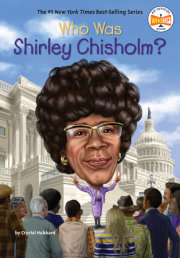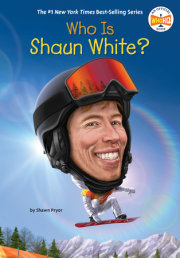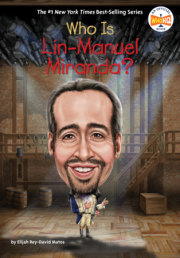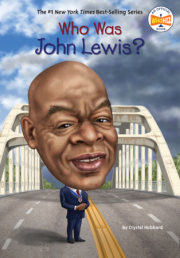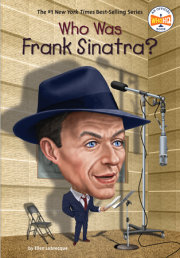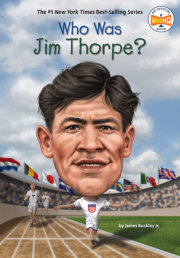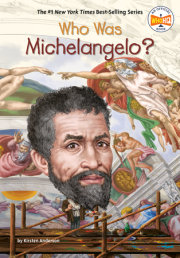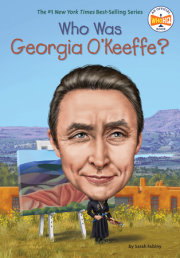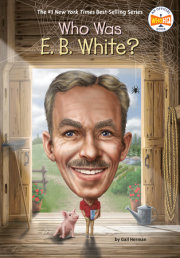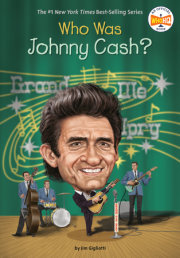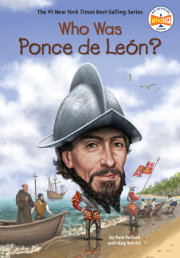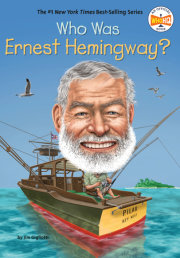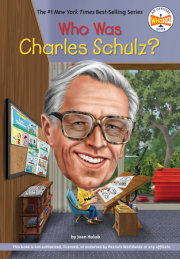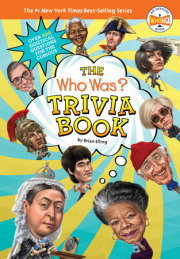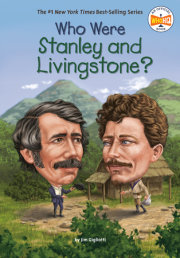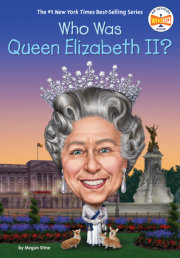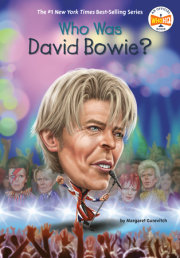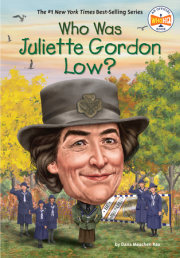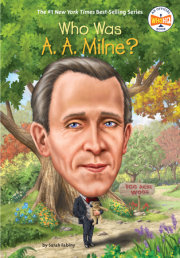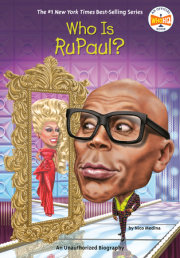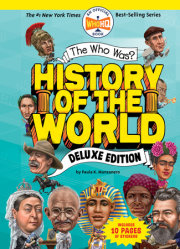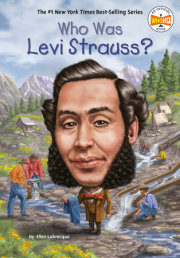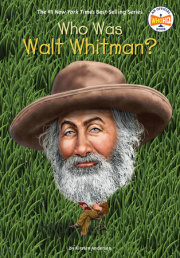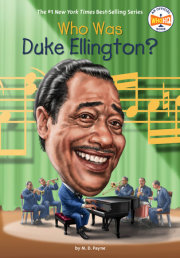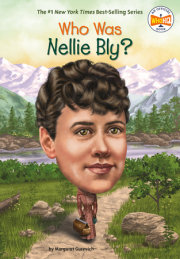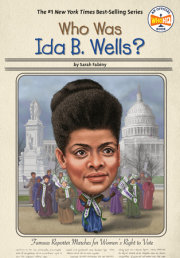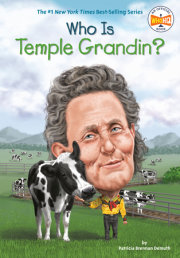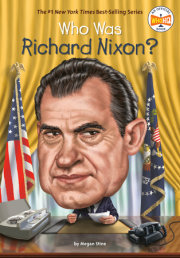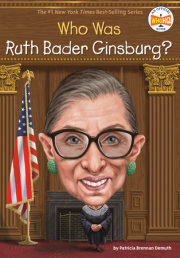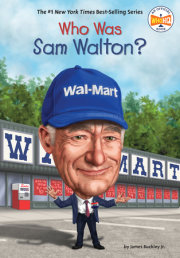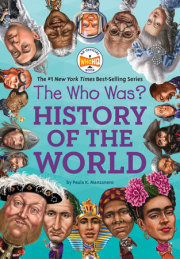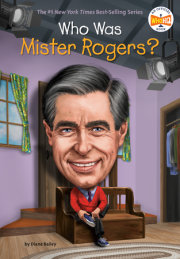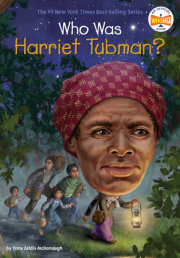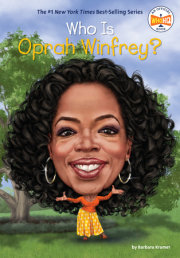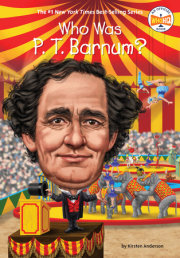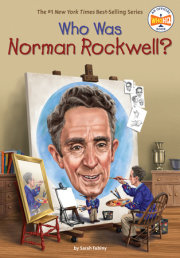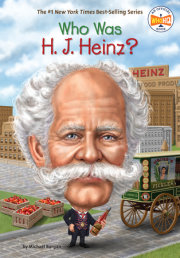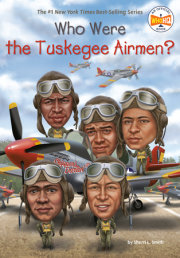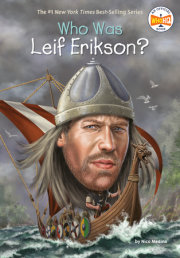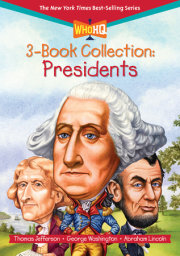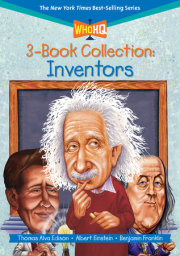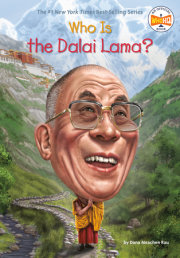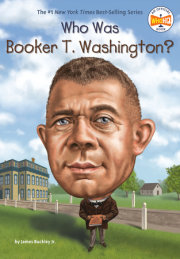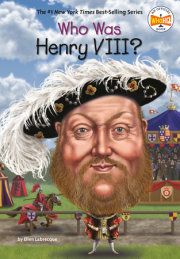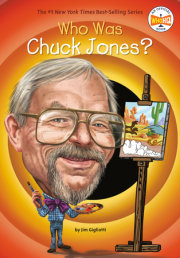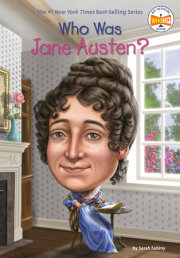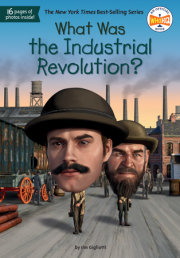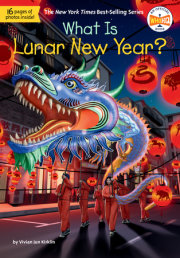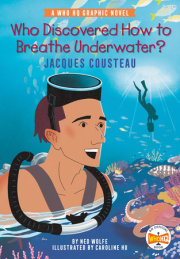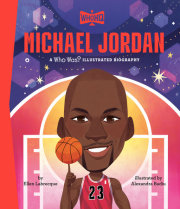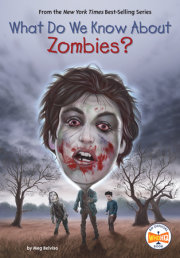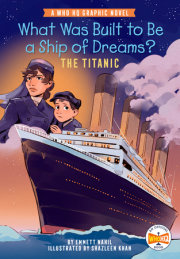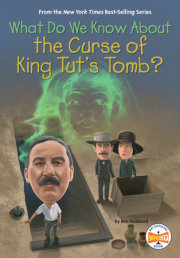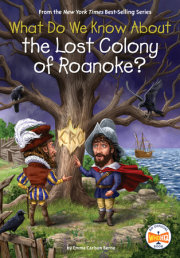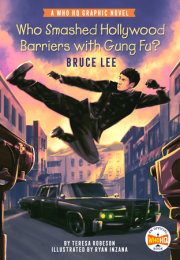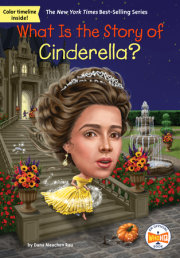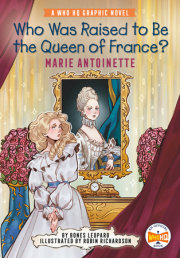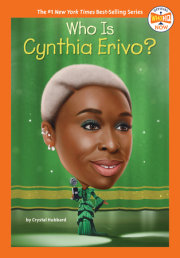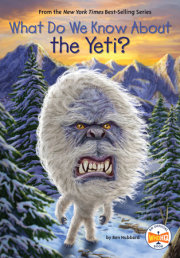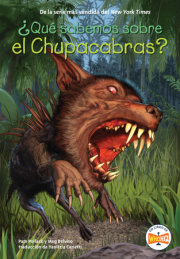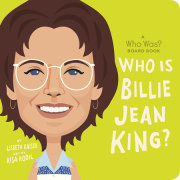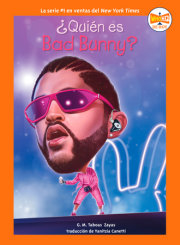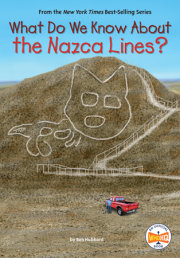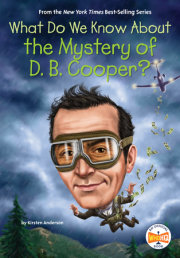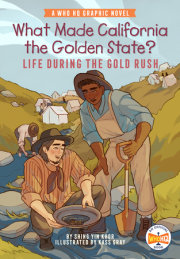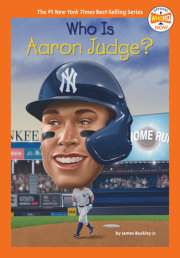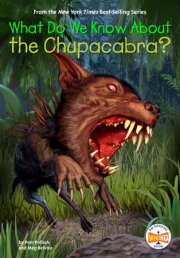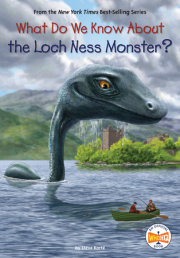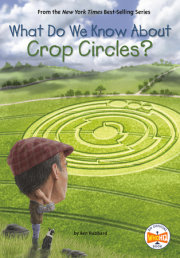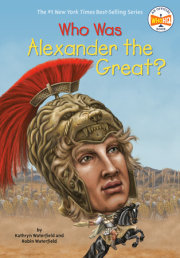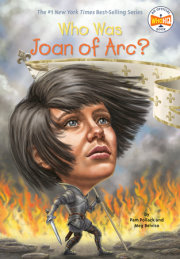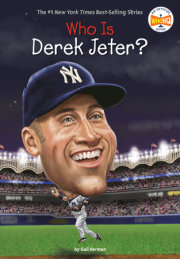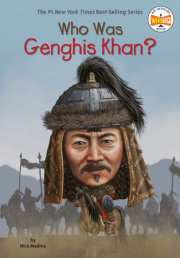Who Are the Rolling Stones? In October of 1961, eighteen-year-old Mick Jagger was on his way to class at the London School of Economics. Music was often on his mind. This day was no different. He had a few records under his arm to show his friends at college.
Even though Mick lived in England, he listened to American music. He liked the blues—an old type of music that often had a slow beat and sad lyrics. He also liked rock and roll, a very new type with a faster beat and lots of energy.
On the Dartford station platform, Mick noticed another teenager. It was his old friend Keith Richards from grade school. Mick noticed that Keith was carrying a guitar case. Keith saw the records that Mick was holding. They started talking. Keith loved American music, too!
Mick was a singer. Keith was a guitar player. Following their meeting that day—and their early friendships with Brian Jones, Bill Wyman, and Charlie Watts—a powerful rock-and-roll band was born.
The Rolling Stones blended blues and rock and roll into a unique sound. They soon became famous in their home country of England. Teenagers in America became fans, too.
Eventually, the Rolling Stones became the greatest rock-and-roll band in the world. They have been together for more than fifty years—longer than any other band in history. Since Mick and Keith met on the train platform in 1961, a lot has changed. But through it all, the band has always worked hard to do what they love best—play music.
And all their hard work has paid off. When people think of rock and roll, they think of the Rolling Stones.
Chapter 1: Starting Out Keith Richards and Mick Jagger were both born in 1943 in the town of Dartford, England. The country was in the middle of fighting World War II at the time. And Dartford had been the site of many bombings during the war. The fighting ended in 1945. But throughout their childhoods, Keith and Mick’s neighborhood was still piled with crumbled pieces of bombed buildings.
Keith and Mick lived in the same neighborhood and went to elementary school together. But they were not close friends. Mick was outgoing, and Keith was quiet. Mick was a good student. Keith hated school. When their families moved to opposite ends of Dartford, the boys didn’t keep in touch.
As they grew older, they each developed a love of music. When Mick was fourteen, he got his first guitar. He spent a lot of time listening to music on the radio. In the mid-1950s, most people still listened to the same type of music their parents had before the war. But Mick tuned the dial to faraway stations in Luxembourg and Germany that broadcast American music.
Then Mick got a record player. Shops in England didn’t always carry the music he wanted. So he ordered music directly from the United States. His records came mainly from Chess Records in Chicago, Illinois. Chess was a recording studio that worked with Muddy Waters, Chuck Berry, and other American musicians that Mick liked.
On the other side of Dartford, Keith was greatly influenced by his musical family—especially by his grandfather, who had been a bandleader and had played guitar. Keith got his first guitar as a present for his fifteenth birthday. He, too, listened to American musicians and singers, like Chuck Berry and Elvis Presley, on the radio.
He sometimes hid his small radio in his bedcovers so he could listen to music at night. Even though his radio didn’t always get good reception, he heard something new and exciting in American music. It was the beginnings of rock and roll. “The music came across the airwaves, and suddenly it felt as if the world was actually changing,” Keith said.
In 1961, Mick was in college. Keith was a student at an art school. They each rode the train to get to their classes. One day in the fall, they ran into each other at the Dartford train station. They started talking about music. They realized they had a lot in common.
So the boys started spending more time together. They shared records and played their guitars. Mick was already in a band called Little Boy Blue and the Blue Boys, along with a friend named Dick Taylor. Keith knew Dick from art school. And soon Keith joined the band, too. They played at school dances and other small events.
The three friends visited blues clubs anychance they had. In the spring of 1962, they went to the Ealing Club outside of London. Onstage that night, they heard a teenager named Brian Jones playing guitar.
Brian had grown up in Cheltenham—a wealthier community than Mick and Keith’s hometown of Dartford. He was a year older than they were. Brian had done well in school and sports, and he showed an early talent for music.
But he was also a troublemaker. He sometimes skipped school to practice his saxophone and clarinet. He was a blues fan, too. And soon, they all had become friends.
Brian, Mick, Keith, and Dick decided to form their own band. They advertised for more musicians. They held auditions. And the new group came together: Mick sang, Keith and Brian played guitar, Dick played bass, and Ian Stewart played piano. They used different drummers for different shows. They called themselves the Rollin’ Stones. They took the name from a song recorded in 1950 by the famous blues musician Muddy Waters.
The Rollin’ Stones played together for the first time on July 12, 1962, at London’s Marquee Club. The Marquee Club was in the basement of a movie theater. It was an old dance hall that had been turned into a jazz club. The band played rhythm-and-blues and rock-and-roll cover songs. Cover songs are tunes that have been written and already recorded by other artists. The younger members of the audience seemed to really enjoy the music. But a few of the older jazz fans thought their sound was just terrible.
The Rollin’ Stones’ hope of playing together as a band in front of an audience had come true. They were all talented musicians. But were they good enough to last?
Copyright © 2017 by Dana Meachen Rau. All rights reserved. No part of this excerpt may be reproduced or reprinted without permission in writing from the publisher.

